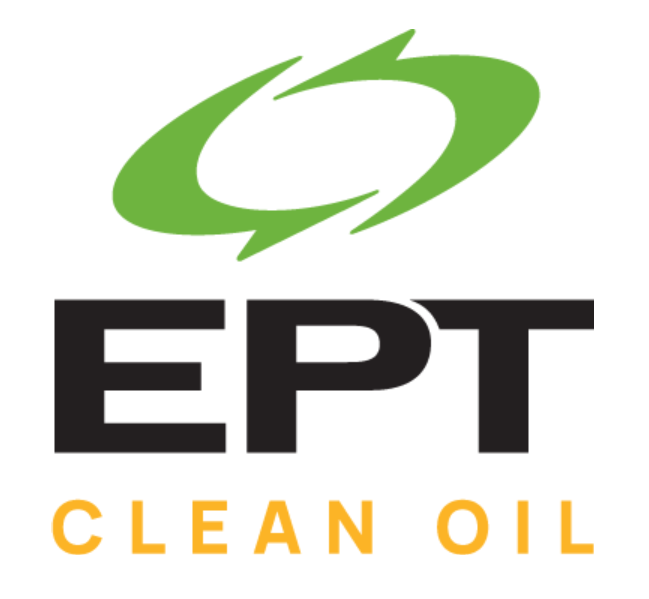Despite the excellent lubricating and safety properties of phosphate ester lubricants, many gas turbine and Electro-Hydraulic Control (EHC) users struggle with their maintenance. Below are four tips that can greatly improve your PE fluid testing and maintenance program.
1. Improve Fluid Testing: Standard lab analysis is missing key information necessary to manage PE fluids. Dissolved contaminants that are responsible for servo-valve sticking are not reported as part of standard lab analysis program. In addition, metals are also overlooked and play a key role in determining the rate of fluid breakdown as well as varnish formation.
2. Remove the Hidden Contamination Responsible for Valve Sticking: EHC fluid maintenance must be designed to remove the contamination responsible for mechanical issues. You may be surprised to learn that the dissolved contamination responsible for servo-valve sticking is not removed with normal acid removal filters. Many of these filters not only contribute contamination, but interfere with resistivity values, suggesting to users that maintenance practices are working better than they really are.
3. Remove Water and Prevent Atmospheric Contamination: EHC fluid maintenance must manage the factors that cause fluid breakdown. Heat, water, oxygen, and metals determine the rate of oxidation and, therefore, the rate at which EHC fluid breakdown occurs. Unless managed, these factors result in higher than desired rates of EHC fluid breakdown. Existing fluid maintenance does not generally manage these variables.
4. EHC System Review and Fluid Monitoring: EHC system operating practices often accelerate fluid problems. Flow rates, operating temperatures, fluid operating levels and mechanical system component operation all need to be reviewed so they are not unnecessary contributing to EHC fluid break-down.

